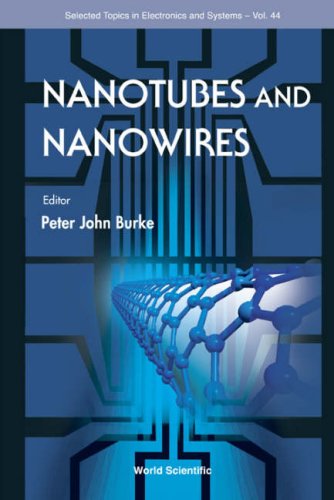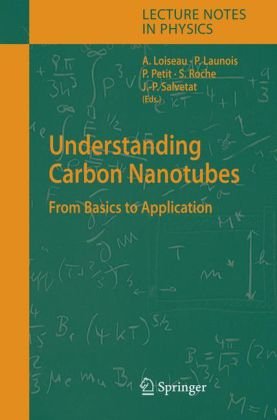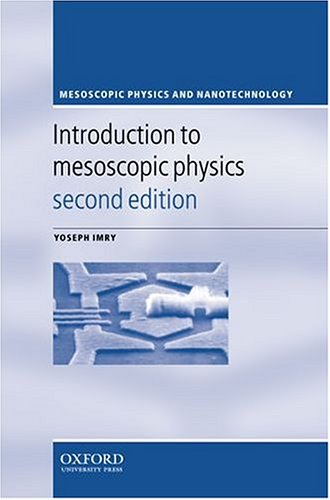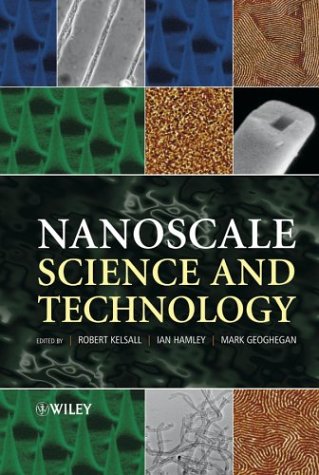Peter John Burke, Peter John Burke9789812704351, 981-270-435-3
Table of contents :
CONTENTS……Page 8
Preface……Page 6
1. Introduction……Page 10
2. Synthesis and characterization of ZnO nanostructures……Page 11
3. Mechanical properties of ZnO nanostructure……Page 12
4. Electrical properties……Page 13
6. Chemical sensing and hydrogen storage with ZnO Nanostructures……Page 15
7. Optical properties……Page 16
8.ZnOnanostructure for spintrinics devices……Page 18
9. Summary and future prospects……Page 19
References……Page 20
1. Introduction……Page 24
2. Background……Page 25
3. CNTFET Device Simulation by the NEGF Approach……Page 28
4. Device Physics of CNTFETs……Page 31
Acknowledgements……Page 34
References……Page 35
I. Introduction to Carbon Nanotube Gas Sensors……Page 40
III. Properties of Carbon Nanotubes and Mechanisms for Gas Sensing……Page 43
4.1 Sensor Design……Page 45
4.2 Experimental Set-Up……Page 47
4.3 Experimental Results……Page 48
4.4 Sensing Mechanism……Page 53
V. Wireless Sensing Efforts……Page 55
VI. Carbon Nanotube Functionalization Efforts……Page 56
References……Page 57
1. Introduction……Page 64
2. Formulation of the problem: Device geometry……Page 66
3. Potential profile: 3D bulk electrodes……Page 69
4. Linear conductivity and transconductance……Page 70
5. Current-voltage characteristic of the channel……Page 72
5.1. Ohmic contacts……Page 73
5.2. Injecting contacts……Page 74
6.1. 2D planar contacts……Page 75
6.2. 1D wire-like contacts……Page 78
7. Hysteresis and memory effects……Page 79
8. Conclusions……Page 81
Acknowledgments……Page 83
1. Introduction……Page 86
2. CNT shuttle memory and nanoelectromechanical memory……Page 87
3. CNTFET based nonvolatile memory……Page 90
4. Electrostatics and charging efficiency……Page 94
5. “Bottleneck” effect and single-electron CNT memory……Page 96
6. Conclusion……Page 98
References……Page 99
1. Introduction……Page 104
2. AC Nanosystems……Page 105
4. Synthesis……Page 106
5. Single walled nanotube DC resistivity……Page 108
6. Metallic nanotubes as interconnects: RF properties (theory)……Page 110
7. Metallic nanotubes as interconnects: RF properties (experiment)……Page 112
8. Nanotube transistors: Cutoff frequency (theory)……Page 113
9. Nanotube transistors: High frequency performance (experiment)……Page 115
10. Array devises……Page 116
12. Nanotube antennas……Page 117
15. References……Page 120
AUTHOR INDEX……Page 128







Reviews
There are no reviews yet.